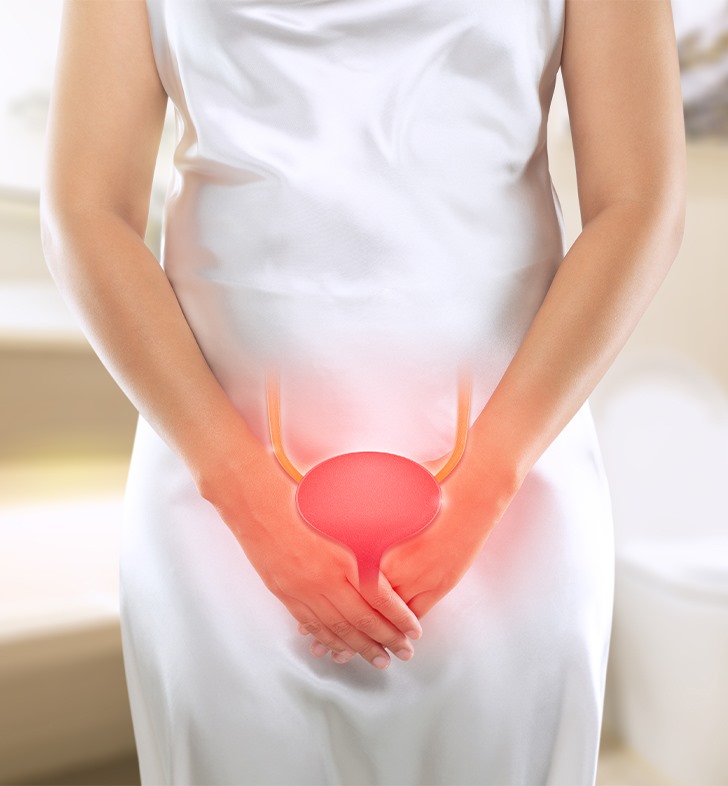
Bladder Inflammation (Cystitis)
What are the symptoms of bladder
inflammation (cystitis)?
The symptoms of a bladder infection
are similar to what you will feel when you have a urinary tract infection
(UTI). These symptoms can include:
Frequent urination: You may feel the
need to urinate more often. Some people also experience urgency (sudden desire
to pee).
Pain/ burning with urination: During
an infection, you may experience discomfort in pain in the suprapubic area and
burning during urination.
Dark or foul-smelling pee.
Other symptoms that can be linked to
a more serious kidney infection include:
- Fever (temperature above 100 degrees
Fahrenheit).
- Chills or rigors (shaking).
- Vomiting.
- Flank pain.
How is this condition diagnosed?
If you think you have a bladder
infection you should talk with your healthcare provider. To help diagnose a
bladder inflammation (cystitis), you will typically be asked for a urine
sample. Your urine will be collected in a sterile (clean) cup in a restroom at
your provider’s office. You may want to avoid peeing right before your
appointment so that you’ll be able to provide a sample during your office
visit. Your provider will most likely do two tests on your urine: a urinalysis
and a urine culture.
Urinalysis: This test involves checking the
appearance, concentration and content of urine.
Urine culture: This test determines the type of
bacteria causing the infection and to which antibiotics the bacteria is
sensitive.
Your healthcare provider may also
order additional testing if you continue to get bladder infections including an
imaging test to look at your kidneys and a cystoscopy, which uses a special
scope to look inside the bladder.
How is a bladder inflammation
treated?
A bladder infection is typically
treated with antibiotics. Your healthcare provider will prescribe an antibiotic
based on the type of bacteria found during your urine tests. In order to
adequately treat the infection, it’s important to take all of the antibiotics
your provider prescribes.
Some commonly used antibiotics
include:
- Nitrofurantoin.
- Sulfonamides (sulfa drugs).
- Amoxicillin.
- Cephalosporins.
- Trimethoprim/sulfamethoxazole
(Bactrim®).
- Quinolones, such as ciprofloxacin
(Cipro®).
How can I prevent bladder
inflammation (cystitis)?
You can often prevent a bladder
infection by adopting some good lifestyle practices. These practices include:
Practice good hygiene habits: Make sure you have
good hygiene habits (wiping front to back) and aggressively treat constipation
or diarrhea.
Drink plenty of fluids: Increase your fluid
intake to help flush bacteria out of your bladder.
Estrogen cream for postmenopausal women: When
women go through menopause, their vaginal tissue changes and the good vaginal
bacteria that normally colonize the vagina cannot survive. Bacteria can
colonize, which causes bladder infections. To reestablish the good bacteria,
you may need topical estrogen cream. Talk to your healthcare provider about
whether topical estrogen cream is right for you.
Changing birth control: You may also want to
change your birth control option if you have frequent bladder infections and
UTIs. Women who use diaphragms and spermicide are at greater risk of infection.
You should also use a water-based lubricant during sex if needed.
Supplements: There are over-the-counter
supplements (D-mannose and cranberry) that can help prevent infections in your
urinary tract. If you have frequent UTIs and bladder infections, talk to your
healthcare provider about these options and make a plan about the best ways to
prevent infections.